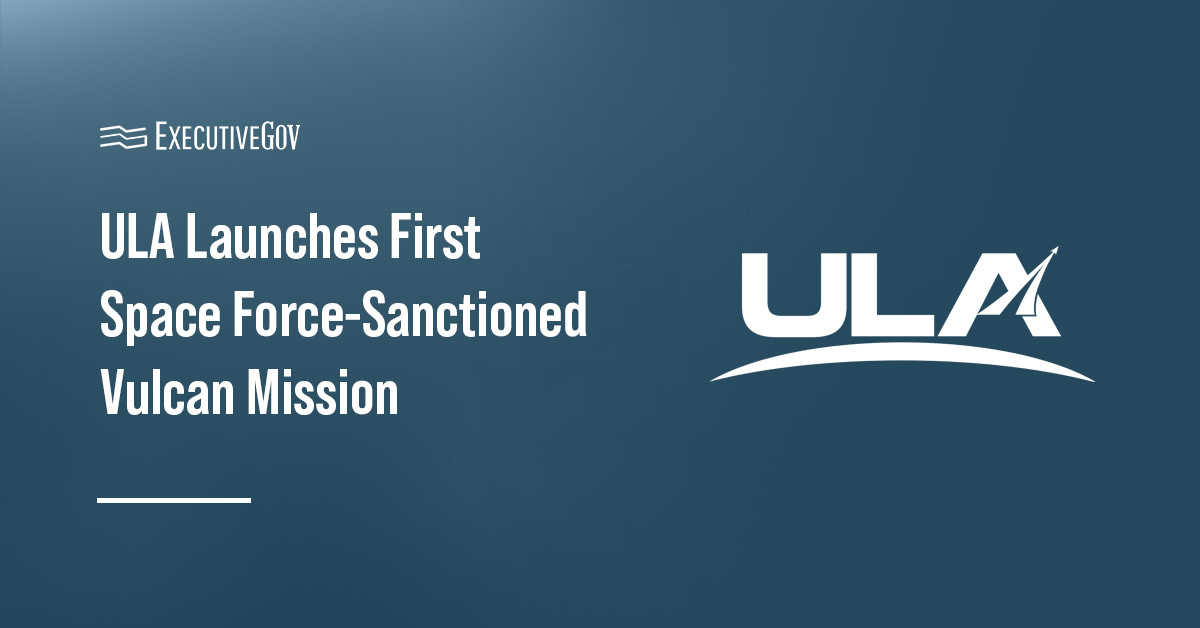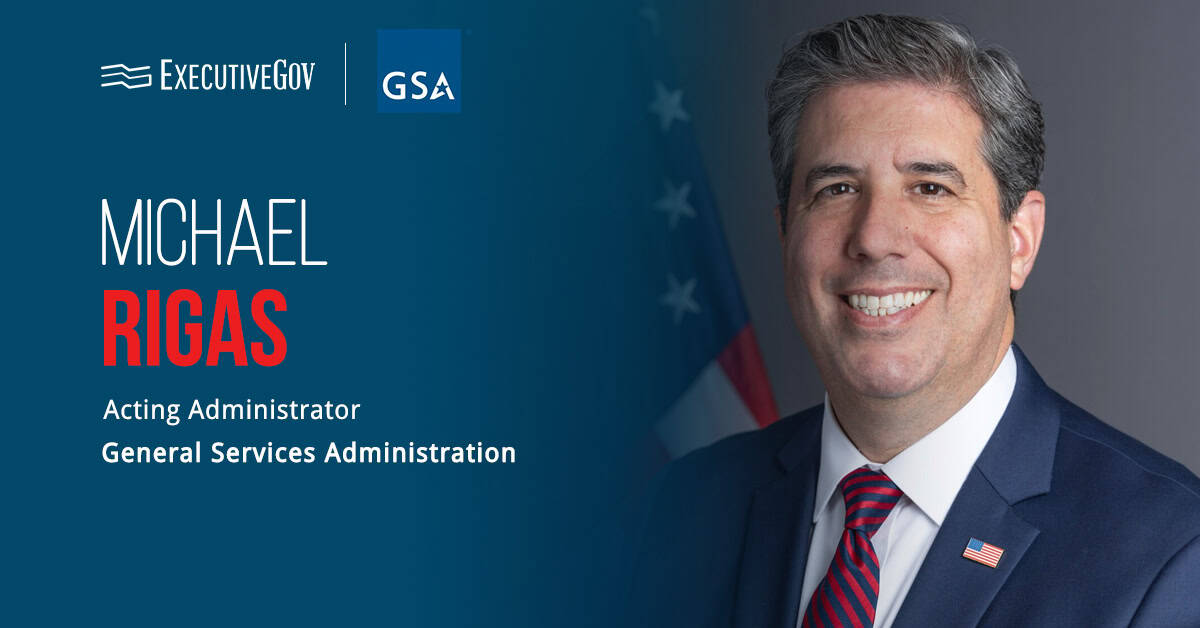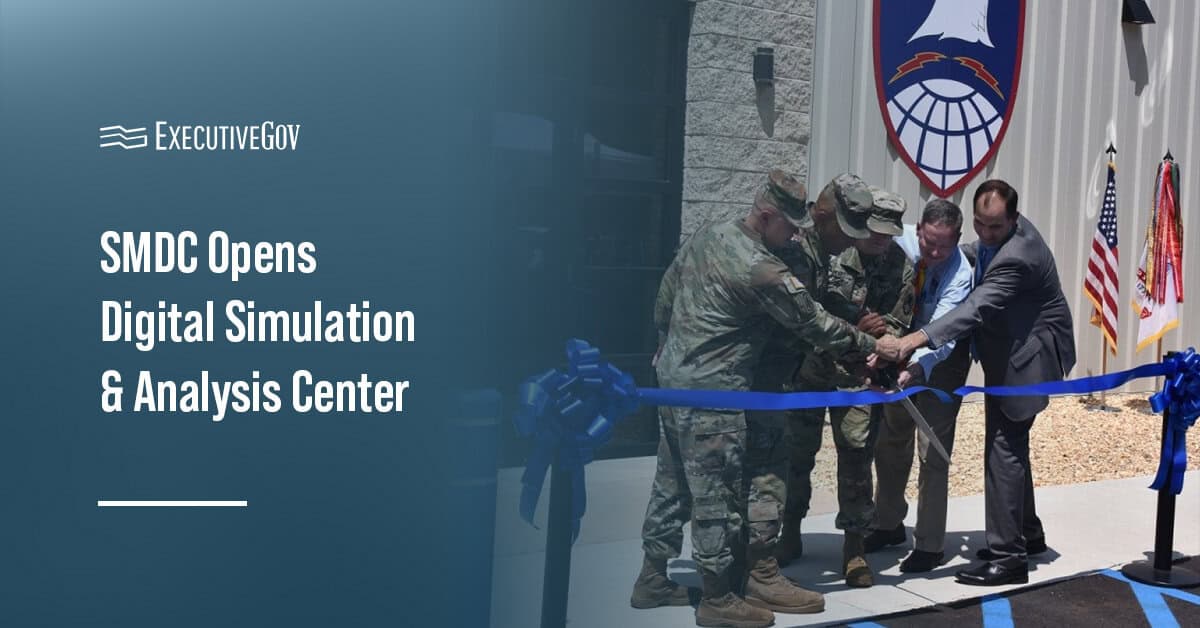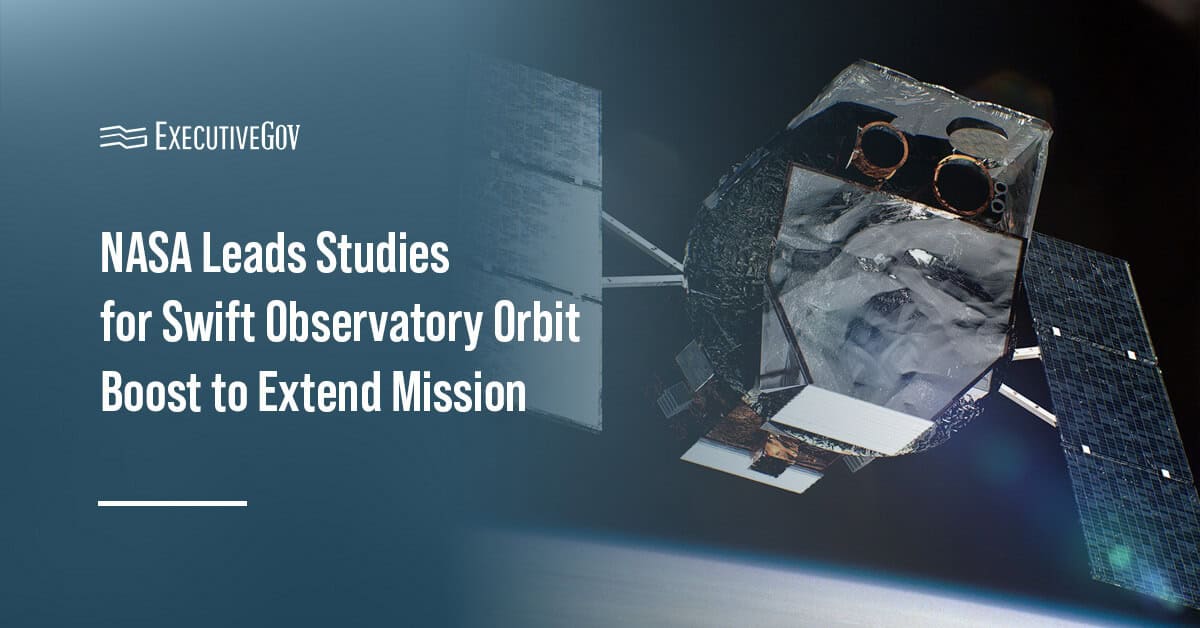Dean Ball has been named senior fellow at the Foundation of American Innovation, or FAI. He announced Tuesday on LinkedIn that he has returned to the private sector after the release of the AI Action Plan and will continue writing the Hyperdimensional newsletter.
Commenting on his appointment, the former senior policy adviser at the White House Office of Science and Technology Policy thanked the Trump administration and his colleagues for giving him an opportunity to serve the country.
“Ultimately, I believe my skills are better suited to public writing and scholarship. But there is a remarkably capable group of people throughout government who already are working diligently to implement the President’s vision for AI, as laid out in the Action Plan. I look forward to celebrating their successes over the months and years to come,” Ball remarked.
Who Is Dean Ball?
Ball is a board member of the Alexander Hamilton Institute for the Study of Western Civilization. Before joining the FAI and serving at OSTP, he was a research fellow at the Mercatus Center at George Mason University. He also became the senior program manager of the state and local governance initiative at the Hoover Institution of Stanford University. At the Scala Foundation, he served as a secretary and treasurer. Ball was also an executive director at the Calvin Coolidge Presidential Foundation and completed a six-year stint at the Manhattan Institute, beginning as a manager of state and local policy.











